valesmichelle
Songster
This chick hatched Valentine's Day, 2/14/2023, so it's not quite 4 weeks old.
Not quite sure what hen's egg it hatched from. The only breed of hens on the property are RIR, Red Sex Link, Plymouth Barred Rock, and Black Australorp.
At the time the eggs were incubated, there were two roosters on the farm. One was a RIR and the other was a Blue Plymouth Rock. The Blue Plymouth Rock was young, approximately 4-5 months old and was only there for approximately one month.
Best guess to the breed and gender of this chick?
If more pics are needed, please let me know what would be the best angle.
Not quite sure what hen's egg it hatched from. The only breed of hens on the property are RIR, Red Sex Link, Plymouth Barred Rock, and Black Australorp.
At the time the eggs were incubated, there were two roosters on the farm. One was a RIR and the other was a Blue Plymouth Rock. The Blue Plymouth Rock was young, approximately 4-5 months old and was only there for approximately one month.
Best guess to the breed and gender of this chick?
If more pics are needed, please let me know what would be the best angle.
Attachments
-
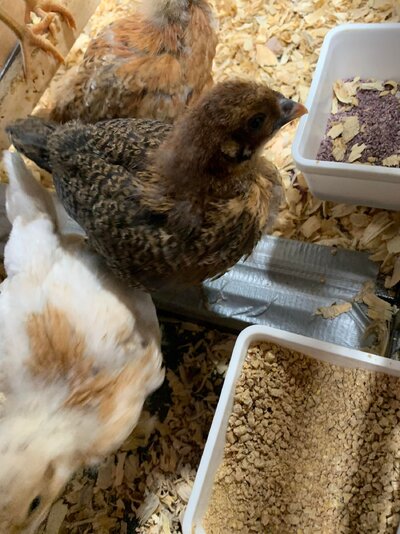 332792812_1034178861319057_8552614349096897641_n.jpg468.7 KB · Views: 38
332792812_1034178861319057_8552614349096897641_n.jpg468.7 KB · Views: 38 -
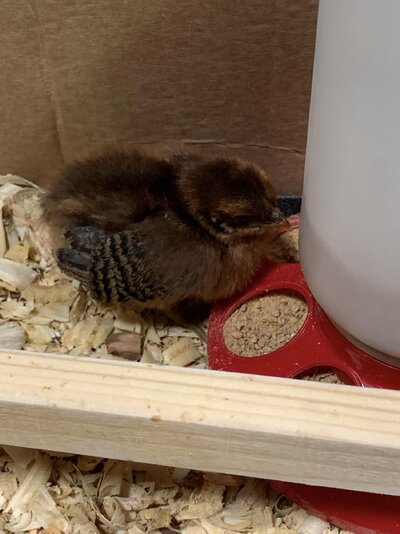 331678395_1375527423266540_4075643198985385482_n.jpg345.7 KB · Views: 16
331678395_1375527423266540_4075643198985385482_n.jpg345.7 KB · Views: 16 -
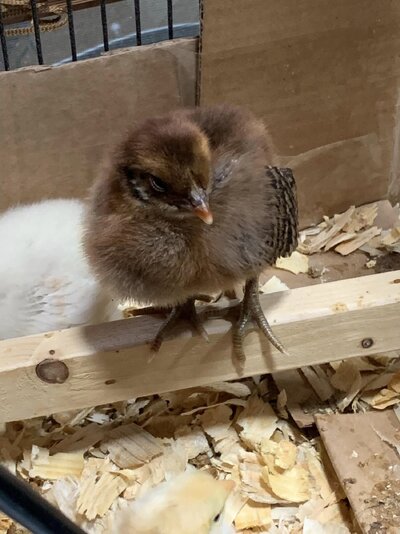 330194770_1277652829499680_1590559729645503139_n.jpg364.2 KB · Views: 16
330194770_1277652829499680_1590559729645503139_n.jpg364.2 KB · Views: 16 -
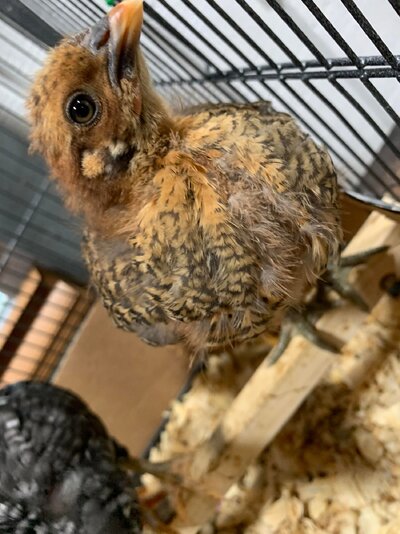 332896290_159065507014783_6328803357237680154_n.jpg425.6 KB · Views: 18
332896290_159065507014783_6328803357237680154_n.jpg425.6 KB · Views: 18 -
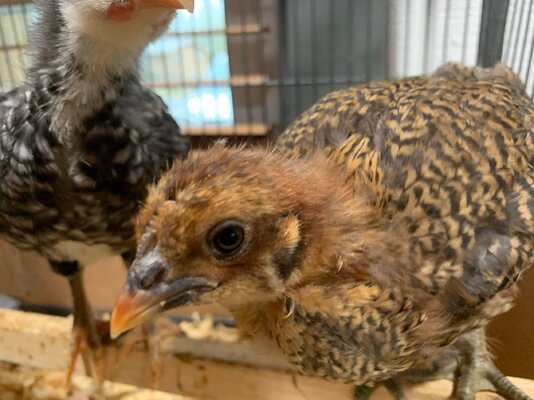 332725043_786160912372315_790496991510325186_n.jpg375.1 KB · Views: 17
332725043_786160912372315_790496991510325186_n.jpg375.1 KB · Views: 17 -
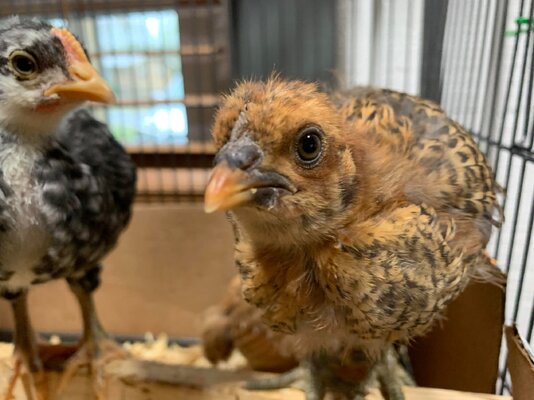 332698297_589357303110781_3577538083162078936_n.jpg351.6 KB · Views: 14
332698297_589357303110781_3577538083162078936_n.jpg351.6 KB · Views: 14 -
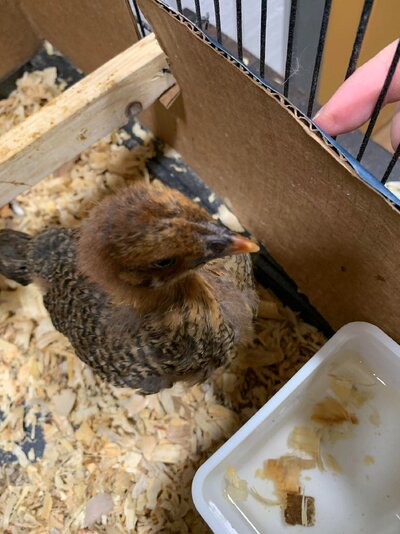 332751894_6050604515017135_1350267472420442820_n.jpg391.3 KB · Views: 15
332751894_6050604515017135_1350267472420442820_n.jpg391.3 KB · Views: 15 -
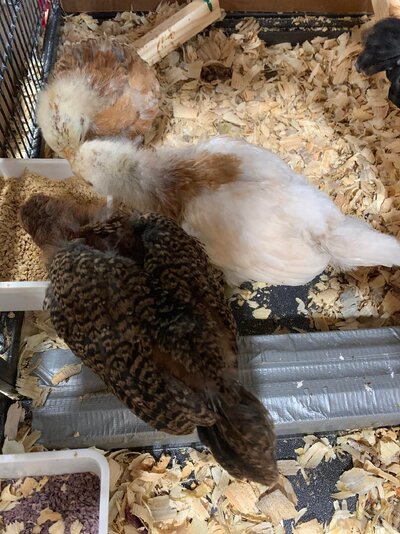 332738474_916570512954822_1379651652515509750_n.jpg681.3 KB · Views: 15
332738474_916570512954822_1379651652515509750_n.jpg681.3 KB · Views: 15




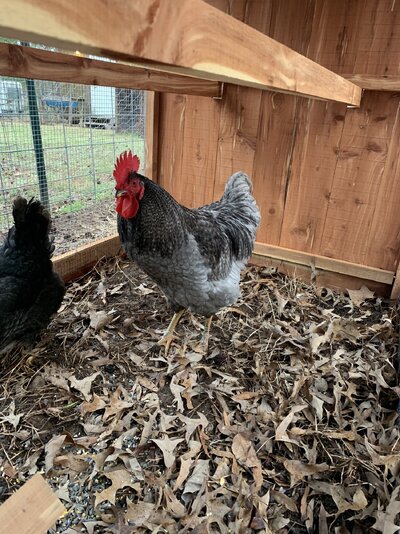
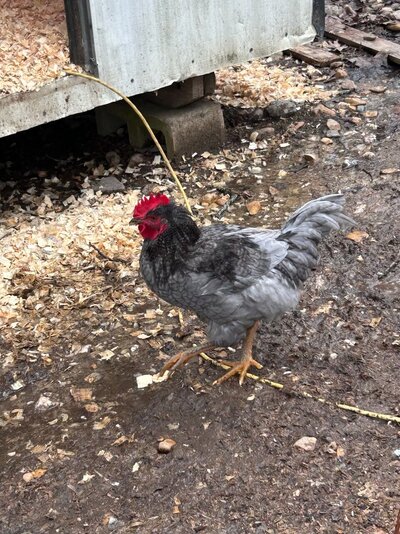
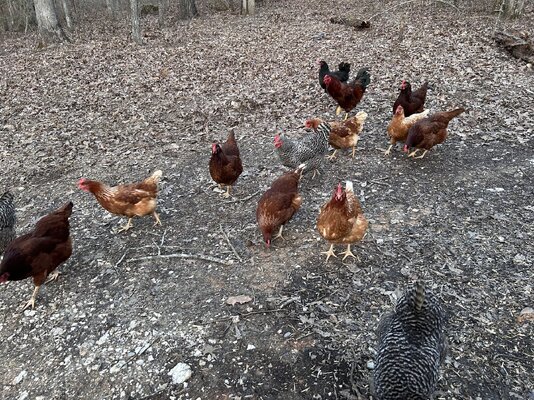
 I do appreciate you for taking the time to type the explanation. Thank you!
I do appreciate you for taking the time to type the explanation. Thank you!